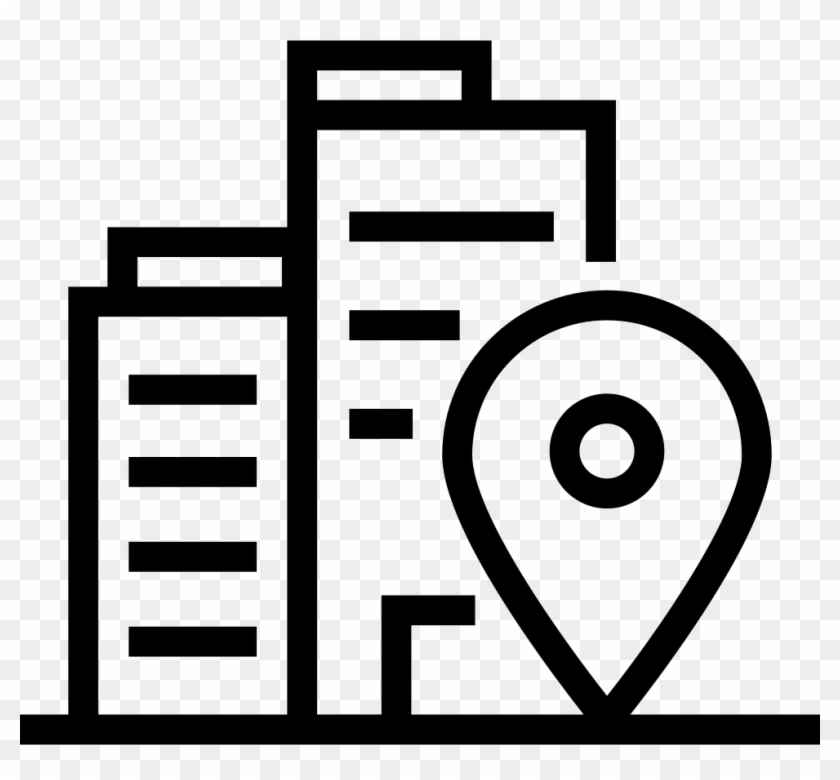CV Data scientist

CV Data scientist
Company: Ford Global Business Services
Ford Global Business Services
Location: Chennai, Tamil Nadu
*** Mention DataYoshi when applying ***
Job Description & Qualifications
Key Roles and Responsibilities of Position:
- Applying various Deep learning networks, statistical techniques, explore and experiment on new models through research papers or via various frameworks
- Understanding, transforming large scale data to usable form for modelling, filtering data with generalization for later use, Cross-validating models for the requirements.
- Recommend and justify the algorithms to implement for the problems at-hand
- Implement libraries, algorithms, and tools for processing Lidar data to push the state-of-the-art in obstacle detection, object tracking, and related perception challenges
- Developing solutions for 3Cs Competitive, Cooperative and Complementing sensor framework projects
- Build perception pipeline fusing Camera, LIDAR, RADAR data for 2D and 3D object detection, scene segmentation, classification, tracking, event classification and motion predictions
- Research and develop algorithms for sensor fusion and object association across multi-sensor modalities such as one or more cameras, radars, and Lidar sensors.
- Perform multi-target tracking through the lifecycle of tracked objects including creation, splitting and merging, and termination of tracked objects.
- Enhance deep learning networks with multi-GPU and multi-node capabilities
- Interact with internal stakeholders to understand the business problems
- Applying calculus, algebra and other math to build reliable, scalable model.
- Automate algorithms in production through standardization of process and authoring best practices
- Producing and disseminating technical and non-technical reports that detail the successes and limitations of each project.
Auto req ID
41841BR
Entity/Organization
FGBS- Ford Global Business Services
Area of professional exposure (technical skills)
- An MS/PhD in Computer Science, Operational research, Statistics, Applied mathematics, or in any other engineering discipline. PhD strongly preferred.
- Should have experience in feature engineering, hyper parameter tuning, model evaluation etc.
- Good exposure to machine learning/text mining tools and techniques such as Clustering/classification like SVM, Deep Learning networks like FRCNN, MRCNN, ResNet, FVRCNN, SalsaNext, NASnet, LSTM Reinforcement learning, and other numerical algorithms
- Should have experience in using Pandas/Numpy/ScikitLearn, Pytorch, Tensorflow, Keras, ROS, Gazebo, OpenJAUS
- Practical knowledge of automotive sensors like Camera, RADAR etc.
- Sound knowledge on the Driver assistance systems (feature functions like lane departure prevention, collision avoidance etc.)
- Strong theoretical knowledge of detection, segmentation, obstacle detection, graphical methods, probabilistic algorithms or optimization
- Hands on with visualization tools for sensors
- Knowledge in developing, calibrating and testing multi-sensor systems
- Applied knowledge of point cloud or Lidar based algorithms such as segmentation, localization, filtering
- Strong background and understanding of mathematical concepts relating to probabilistic models, conditional probability, numerical methods, linear algebra, neural network under the hood details
- Familiarity with data science toolkit such as jupyter lab/notebooks, pandas, bash scripting, Linux environment
- Publications and presentations in recognized (CVPR, NIPS, ECCV, ICML) Machine Learning journals/conferences is a Big plus
- Familiarity with any one programming (e.g., C/C++/Java) or scripting (R/Python) languages
- Excellent problem solving, communication, and data presentation skills
Education Qualifications
B.E., B.Tech., MBA
No. of years of experience
5 to 8 years